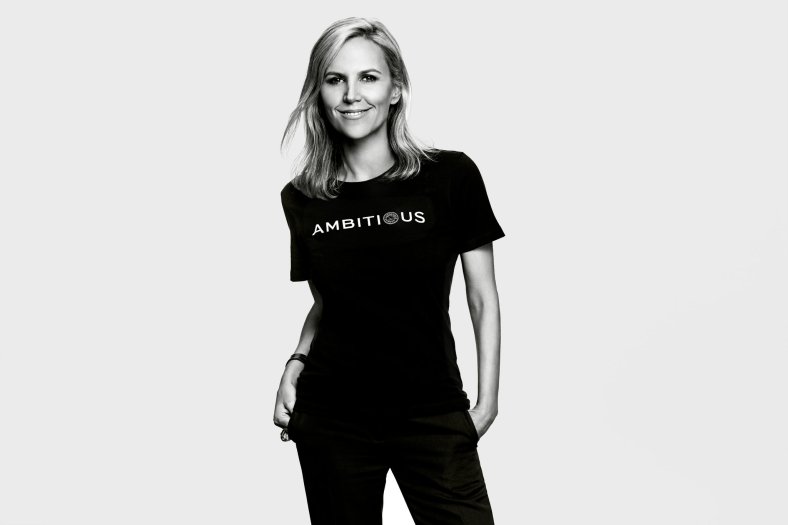The Saturday Read this week is the latest book from Michael Lewis, ‘The Undoing Project: A Friendship that Changed Our Minds’. It’s the story of Israeli psychologists Daniel Kahneman and Amos Tversky; two men who baffled colleagues at their pairing from the early days of their academic careers until the point when the public perception “was now a Venn diagram, two circles, with Danny wholly contained by Amos”.
Reading ‘The Undoing Project’ I found myself underling and annotating as I went along, re-reading passages, flipping between chapters; engaged in an academic exercise vs. an enjoyable character-driven narrative.
It’s the first time I’ve read a Michael Lewis book where I heard the voice of a Princeton alum more clearly than those of the two main characters.
Here’s the strange thing, as painful as the first read was; I keep thinking about the practical applications of the pair’s research long after the final page.
“The way the creative process works is that you first say something, and later, sometimes years later, you understand what you said.”
Read something and sometime later you understand how it applies.

Both of these men had exceptional origin stories. Each was a genius in his own right. Each started out where we all do, with a certain degree of uncertainty about what to do with our lives.
For Danny, “From the moment he thought what he might be when he grew up, he simply assumed he would be an intellectual. That was his image of himself: a brain without a body… He’d always sensed that he would be some sort of professor, and the questions he had about human beings were more interesting to him than any others. “My interest in psychology was a way to do philosophy…to understand the world by understanding why people, especially me see it as they do.”
“Aptitude tests revealed Danny to be equally suited for the humanities and science, but he only wanted to do science. He also wanted to study people. Beyond that, it soon became clear, he didn’t know what he wanted to do.”
In an interview with Stephanie Demming, published in December, he further clarified his path.
“My own love affair with psychology began after I graduated from university in 2009, as soon as I started working in the real world. It took all of two minutes to figure out the working world didn’t function like the school system. If you worked hard, you weren’t always rewarded. The new currency was whether or not people liked you. It was a system governed not by grades, but by people’s minds.”
For Amos, “Entering high school, Amos like all Israeli kids, needed to decide if he would specialize in math and science or in the humanities. The new society exerted great pressure on boys to study math and science. That’s where the status was, and the future careers. Amos had a gift for math and science, perhaps more than any other boy. And yet alone among the bright boys in his class – and to the bemusement of all – he pursued the humanities.”
“Hebrew University in the late 1950s required students to pick two fields of concentration. Amos had chosen philosophy and psychology. But Amos approached intellectual life strategically, as if it were an oil field to be drilled, and after two years of sitting through philosophy classes he announced that philosophy was a dry well…There are too many smart guys and too few problems left, and the problems have no solutions.”
Later, in his mid-forties he was asked by Harvard professor Miles Shore how he became a psychologist.
“It’s hard to know how people select a course in life…The big choices we make are practically random. The small choices probably tell us more about who we are. Which field we go into may depend on which high school teacher we happen to meet…On the other hand, the small decisions are very systematic. That I became a psychologist is probably not very revealing. What kind of psychologist I am may reflect deep traits.”
The career choices of these two individuals resulted in a collaboration that challenged conventional thinking on human judgement and decision making.
“A part of good science is to see what everyone else can see but think what no one else has ever said.”
“Given the work on human judgment that he and Amos had just finished, he found it further troubling to think that “crucial decisions are made, today as thousands of years ago, in terms of the intuitive guesses and preferences of a few men in positions of authority.” The failure of decision makers to grapple with the inner workings of their own minds, and their desire to indulge their gut feelings, made it “quite likely that the fate of entire societies may be sealed by a series of avoidable mistakes committed by their leaders.””
This was the book that Michael Lewis had to write. It was the origin story of his best seller ‘Moneyball’. A writer is often compelled to follow his curiosity and tell the stories he finds as he explores the tangents. ‘The Undoing Project’ may not be his best narrative, but it’s his best connection to the reality of the decisions ordinary folk face @work every day.
“I’ve always felt ideas were a dime a dozen…If you had one that didn’t work out, you should not fight too hard to save it, just go find another.”






















